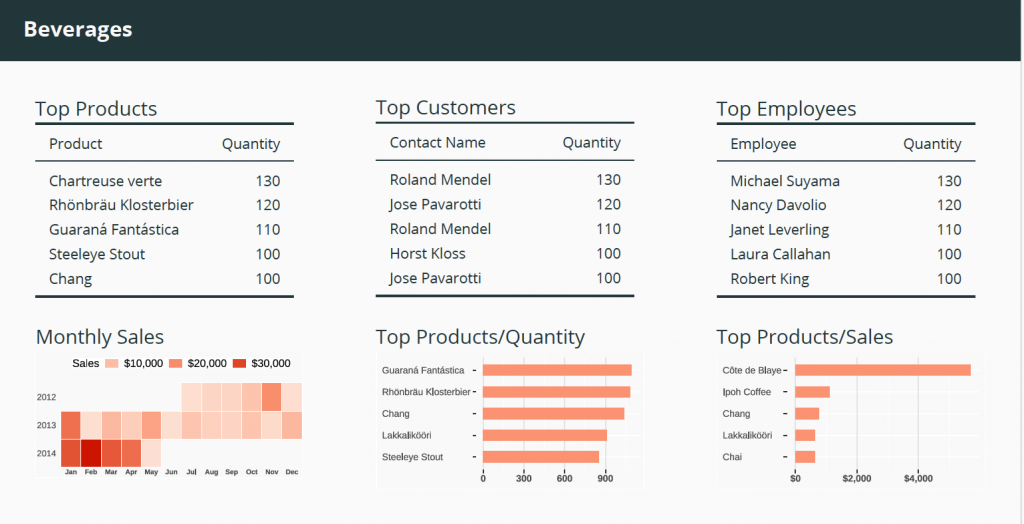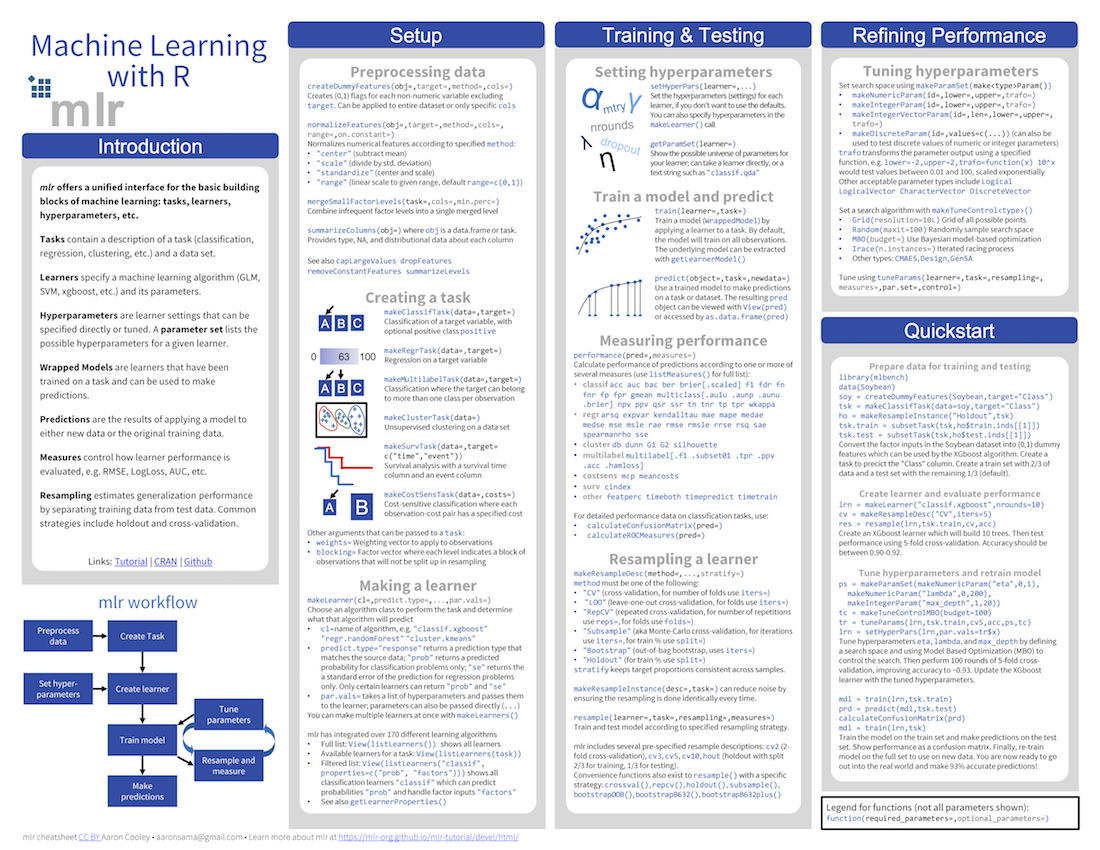When I was working on my Masters thesis, I needed the latex autocompletion feature in Rsudio, but could not find it anywhere. There is no option to create custom snippet either. But recently I found some basic and necessary auto-completion for latex is available in RStudio. Following are some of the these you want to use, but remember to press Shift + Tab for autocomplete. Further this will only work on sweave or knitr file only, which is pretty obvious. But we can always create snippets for rmarkdown documents.
I'm using RStudio (current version) on a Windows 10. The math rendering works but when I add additional aspects to make the document more clean, I run into the problem of going from pdf to html and vice-versa. For instance, the following is knit to pdf with LaTex 'code': Now. The intention of this package is to provide tools to assist in converting between Rmarkdown and LaTeX documents. The RStudio environment, you can still.
When I was working on my Masters thesis, I needed the latex autocompletion feature in Rsudio, but could not find it anywhere. There is no option to create custom snippet either. But recently I found some basic and necessary auto-completion for latex is available in RStudio. Following are some of the these you want to use, but remember to press Shift + Tab for autocomplete. Further this will. This post will explain how to integrate RStudio and LaTeX, especially the inclusion of well-formatted tables and nice-looking graphs and figures produced in RStudio and imported to LaTeX. To follow along you will need RStudio, MS Excel and LaTeX. Using tikzdevice to insert R Graphs into LaTeX I am a. The RStudio Compile PDFcommand typesets the current TeX or Rnw source file into a PDF. There are a number of options you can specify to control this process, the most important of which is which LaTeX program you want to use for typesetting. RStudio is compatible with both the pdfLaTeX and XeLaTeXtypesetting engines. You can also specify a custom LaTeX program by setting the RSTUDIOPDFLATEX environment v.
Part

keyword: part
Equation
keyword: eq
Tabular
keyword: tab
Description List
keyword: desc
General Environment
keyword: begin
Table Reference
keyword: table
Citation
keyword: cite
Apart from these basic formatting options such as bf, sc, it and tt will also work.
Update:
If you install daily-update of Rstudio, you will get TeX snippets support for both TeX and Rnw files. This has opened all the doors for features discussed here.

I often need to write short reports which are not full blown manuscripts, e.g. annual grant progress reports. Though such documents don't need to adhere to a strict template, I still want them to look nice. I've accomplished this for years by writing directly in LaTeX, but I want to align my process with my recent transition to composing most docs in RStudio/Rmd. Ultimately though, I don't want to abandon the LaTeX look in the compiled document. Thankfully, RStudio will render a LaTeX pdf, but formatting beyond the defaults (which are still nice!) can be a bit mysterious. This repository holds my working template for such purposes.
How To Create Latex In R Studio
Here's a minimal example of what the defaults within a .Rmd will give you:
Now, two specific things I'd like to change are:
- Left-justify the title/author/date section
- Modify the font specs used in section titles
Movie the knives. A solution to these two problems easily generalizes to the broader question of 'How do I format the title and H1-H6 specs in the context of LaTeX rendering from .Rmd files?'
To start, we will borrow the LaTeX template R Markdown is currently using (h/t SO). The relevant remote repo is here, and you can copy the local version you're using into your working directory with this line:
If you look past the pandoc nastiness in this template file (I at least find it nasty, being that I was mostly unfamiliar with pandoc scripting!), you'll see familiar LaTeX commands that are often surrounded by $if(X)$ statements that are triggered if X appears in your .Rmd YAML. Here's a straightforward example where, if you have title: in your .Rmd YAML header, the maketitle command will be executed in your LaTeX render:
Now the problem feels more tractable: all we have to do is modify the maketitle defaults in the usual LaTeX manner within the template.tex document. Let's start with the following:
And don't forget to include template.tex in your .Rmd YAML header like so:

Rendering gives the below, nice!


keyword: part
Equation
keyword: eq
Tabular
keyword: tab
Description List
keyword: desc
General Environment
keyword: begin
Table Reference
keyword: table
Citation
keyword: cite
Apart from these basic formatting options such as bf, sc, it and tt will also work.
Update:
If you install daily-update of Rstudio, you will get TeX snippets support for both TeX and Rnw files. This has opened all the doors for features discussed here.
I often need to write short reports which are not full blown manuscripts, e.g. annual grant progress reports. Though such documents don't need to adhere to a strict template, I still want them to look nice. I've accomplished this for years by writing directly in LaTeX, but I want to align my process with my recent transition to composing most docs in RStudio/Rmd. Ultimately though, I don't want to abandon the LaTeX look in the compiled document. Thankfully, RStudio will render a LaTeX pdf, but formatting beyond the defaults (which are still nice!) can be a bit mysterious. This repository holds my working template for such purposes.
How To Create Latex In R Studio
Here's a minimal example of what the defaults within a .Rmd will give you:
Now, two specific things I'd like to change are:
- Left-justify the title/author/date section
- Modify the font specs used in section titles
Movie the knives. A solution to these two problems easily generalizes to the broader question of 'How do I format the title and H1-H6 specs in the context of LaTeX rendering from .Rmd files?'
To start, we will borrow the LaTeX template R Markdown is currently using (h/t SO). The relevant remote repo is here, and you can copy the local version you're using into your working directory with this line:
If you look past the pandoc nastiness in this template file (I at least find it nasty, being that I was mostly unfamiliar with pandoc scripting!), you'll see familiar LaTeX commands that are often surrounded by $if(X)$ statements that are triggered if X appears in your .Rmd YAML. Here's a straightforward example where, if you have title: in your .Rmd YAML header, the maketitle command will be executed in your LaTeX render:
Now the problem feels more tractable: all we have to do is modify the maketitle defaults in the usual LaTeX manner within the template.tex document. Let's start with the following:
And don't forget to include template.tex in your .Rmd YAML header like so:
Rendering gives the below, nice!
Next, we clearly need to fix the fact that section titles are now larger than the document title! Let's do this with the LaTeX sectsty package – you can basically stuff this code anywhere in the preamble, like so:
Let's also reduce the overall margins a touch via the geometry argument in the YAML while we're at it. Here's the full .Rmd:
Mission accomplished!
Simple Way To Install Tex (LATEX) To Export Rmarkdown To PDF (in RStudio)
Here's a bonus I learned along the way. You can send custom arguments to your .tex doc by simply defining new variables in the YAML header (relevant info in the pandoc docs here). Suppose I want an optional subtitle parameter. This is accomplished like so:
With this trick, you can start to do even fancier things (literally), such as include fancyhdr options. This option is ultimately included in the template.tex provided in the repository, and here's the relevant YAML and output: Vuescan it8.
How To Integrate R Code To LaTeX Using RStudio (LaTeX ..
Happy R Markdowning!

